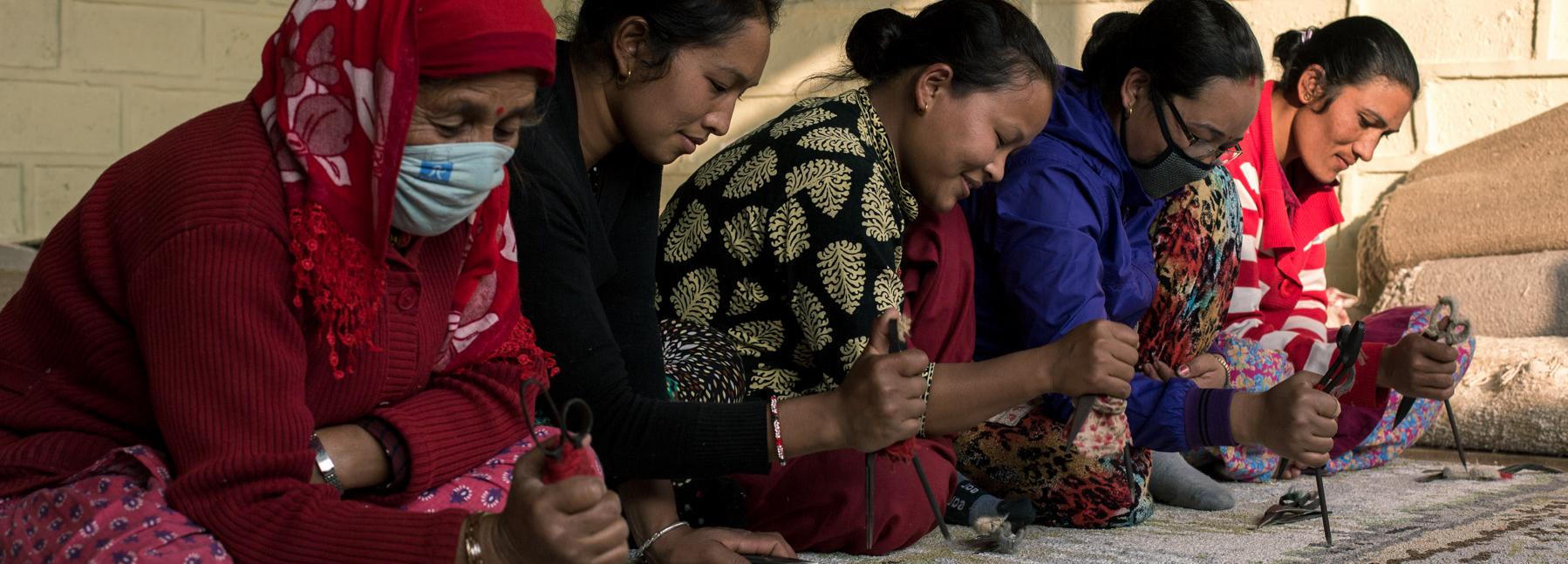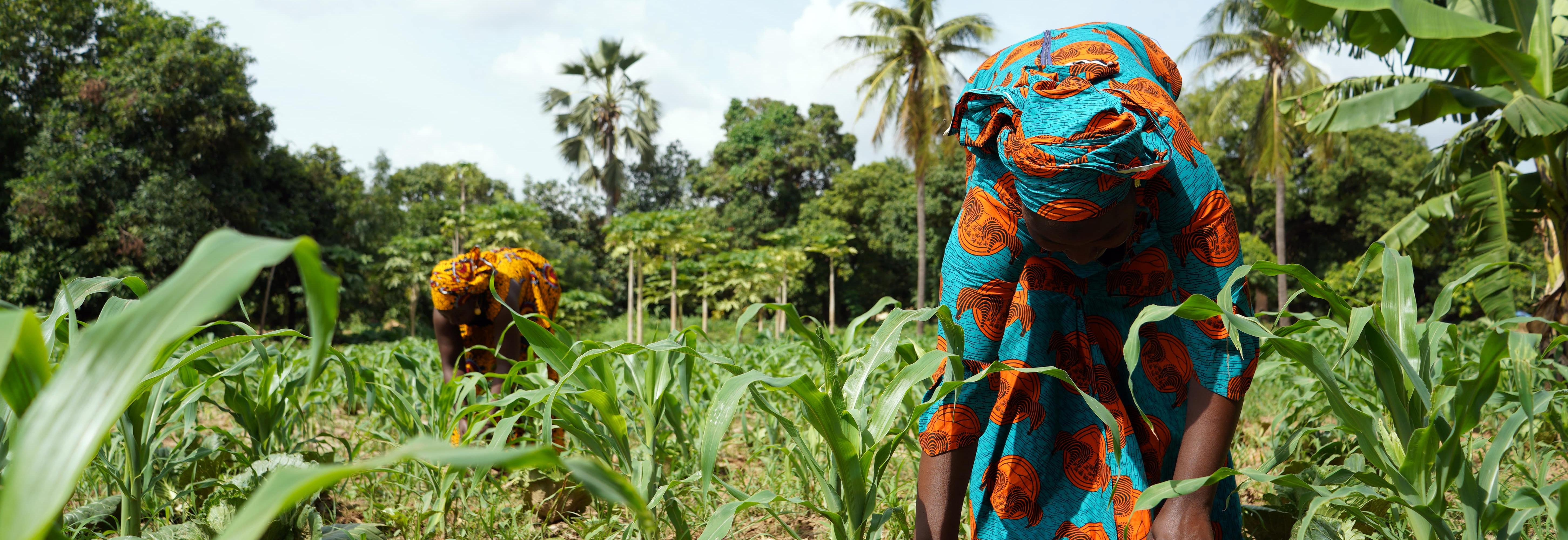The concept of living wages is based on the fundamental principle that workers should earn sufficiently to afford a decent standard of living for themselves and their families.
Although some might argue that the concept is abstract and alien, its roots lie in the Preamble to the ILO Constitution, adopted by governments in 1919, that called for an urgent improvement in conditions of labour, including “the provision of an adequate living wage”. Today, companies and governments are seeing living wages as a cornerstone of their commitment to advance decent work and decent wages across global supply chains.
Tea is the most widely consumed beverage across the world, and it is expected that the global tea market will reach a value of US$21.33 billion by 2024. India is the second largest producer of tea in the world, after China, and accounts for 21 percent of global tea production. Over 80 percent of this production comes from the states of Assam and West Bengal and its tea growing regions of the Brahmaputra Valley, Barak Valley, Terai, Dooars and Darjeeling.
Despite its export significance and flavour profile, the question of low worker wages has been a constant factor in discussions around tea from this region. Tea industry experts stress that the sector is under duress on account of several interlinked factors. But the question of worker wages remains significant and there is growing pressure that the entire supply chain, both domestic and international, needs to act on consistently low and insufficient worker wages.
Against this background, the GLWC commissioned the Anker Research Institute and ISEAL to do a needs assessment aimed at gathering stakeholder views on the readiness to advance on living wages for tea workers in these regions. As a leading knowledge-action partnership, the Coalition has worked over a decade to support the development of credible and transparent living wage estimates in over 50 countries based on the Anker Methodology. These publicly available estimates have been used in several regions and sectors, by governments, industry and worker representatives, to constructively advance dialogue and action on worker wages in global supply chains.
The report 'Assessing the need for living wage benchmark studies for the tea sector in Assam and West Bengal', compiles our findings and recommendations from this feasibility study. Its core aim is to inform action by the Coalition, the tea industry, trade unions and other partners interested in advancing the dialogue on worker wages in the region and tea sector. Our goal was to speak to a wide range of stakeholders involved with the region’s tea sector and seek their views on the need and use of living wage estimates.
Our conversations reveal a complex picture with the interplay of stagnating tea prices, rising costs faced by producers, massive expansion of the small grower tea sector and possibly significant policy changes on wages imminently. Despite this complexity, everyone we spoke to – workers, supervisors and managers of the tea estate and factories, large international tea brands and national buyers, and even a government representative – unhesitatingly acknowledged the inadequacy of worker wages in the region to enable a decent living under the current economic conditions. This is the bottom-line situation.
This report shows that there is clear recognition among all stakeholders that the current minimum wage levels for tea workers – in both Assam and West Bengal – are not adequate to support a decent life for workers and their families. It is also possible that with a credible living wage estimation, substantial gaps will emerge between prevailing wages and living wage estimates (with the gap possibly higher in Assam than in West Bengal).
Despite the concerns we heard from a few quarters, the study team and the organisations they represent believe that gathering ground level data via Anker Living Wage Benchmark studies in Assam and West Bengal would be worthwhile to advance the dialogue on worker wages in the region and a vehicle for more transparency around wage discussions. More fundamentally, we believe setting the benchmarks may indeed contribute to solutions that will improve the lives of the thousands of workers who invest so much of themselves in our daily cup of tea – solutions that the entire sector and supply chain need to play a part in delivering. This report therefore recommends that partners proceed with the estimation of Anker Living Wage Benchmarks for both regions, to support transparency and provide the basis for an evidence-based dialogue on wages in the sector.


